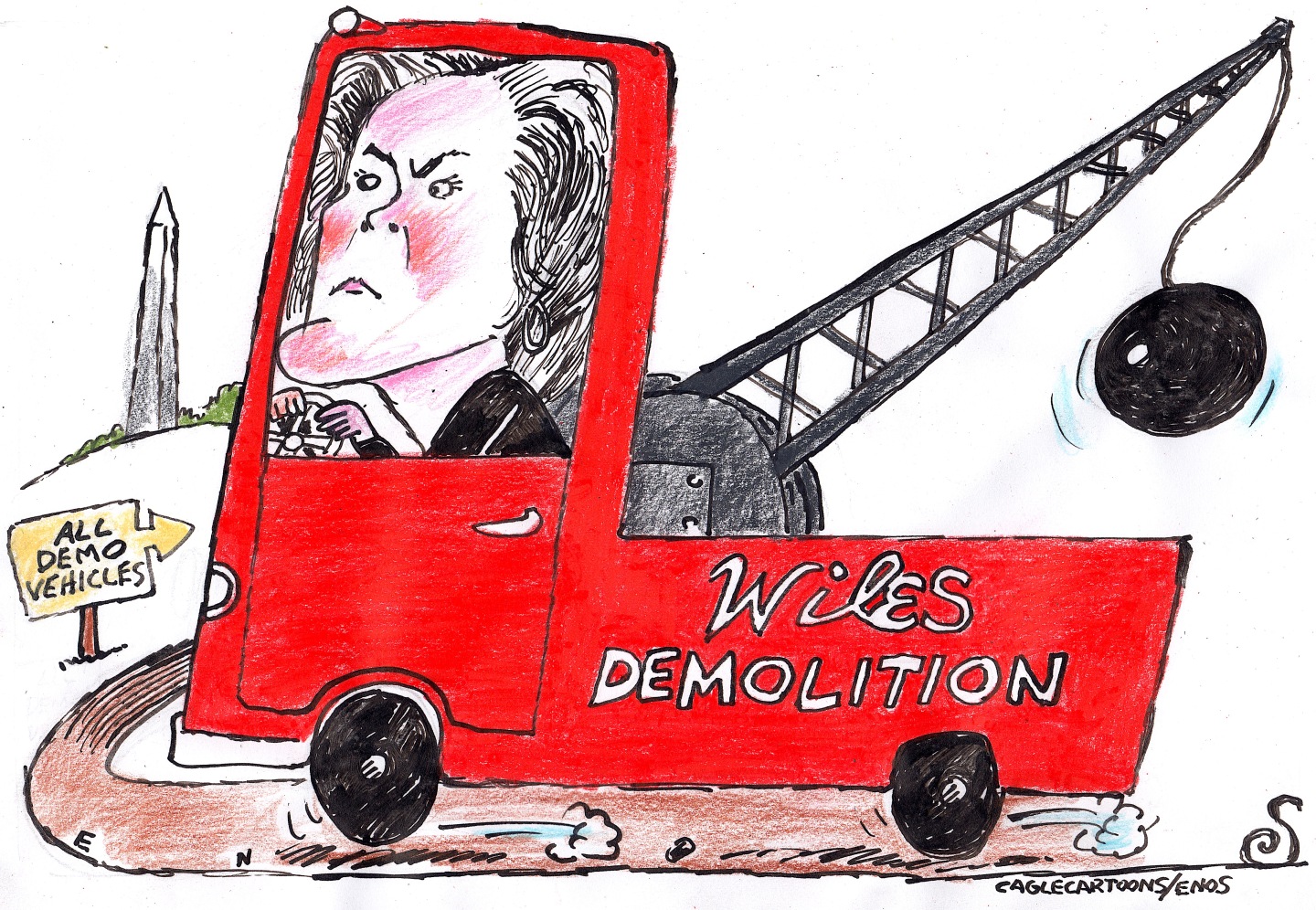The mysterious decline in female life expectancy
The unprecedented reversal is concentrated in certain parts of the country

While the average life expectancy for American women (and men) has increased over the past three decades, new research suggests that positive trend is far from universal. In fact, in some parts of the country, women are dying at a younger age than their mothers, with no clear explanation for this unprecedented reversal.
Two major studies over the past year have documented the startling trend. In March, researchers at the University of Wisconsin published a study showing that between 1992 and 2006, female mortality rates increased in almost half of American counties, compared with just 3 percent of counties with an increase in male mortality rates during that time period.
In July, the University of Washington published a report finding that female life expectancy stagnated or declined in 45 percent of U.S. counties from 1985 to 2010. During that same time, the average American life expectancy rose by about four years.
The Week
Escape your echo chamber. Get the facts behind the news, plus analysis from multiple perspectives.

Sign up for The Week's Free Newsletters
From our morning news briefing to a weekly Good News Newsletter, get the best of The Week delivered directly to your inbox.
From our morning news briefing to a weekly Good News Newsletter, get the best of The Week delivered directly to your inbox.
The data are especially alarming considering the overall progress in health and medical developments during this period. As Grace Wyler at The Atlantic writes, "While advancements in medicine and technology have prolonged U.S. life expectancy and decreased premature deaths overall, women in parts of the country have been left behind."
Furthermore, the studies have isolated which demographic is suffering this shortened life span: White female high school dropouts.
This population of women has had the most dramatic decrease in life expectancy, with a drop of five years over just the last 18. Such a "radical decline is virtually unheard-of in the world of modern medicine," writes Wyler.
It also has a geographic component. Women in Appalachia, the Cotton Belt, the Ozarks, and the Great Plains have shown the most significant decrease in life expectancy, while the trend is not nearly as strong in the Northeast and Southwest.
A free daily email with the biggest news stories of the day – and the best features from TheWeek.com
Unfortunately, scientists remain at a loss to explain the pattern. One of the lead researchers on the University of Wisconsin study tells Wyler, "Clearly something is going. It could be cultural, political, or environmental, but the truth is we really don't know the answer."
However, a study from Harvard University published in May examined why white women without high school diplomas were dying sooner, and indicated that "having a job mattered, and it mattered more than income or other signs financial stability, like homeownership," writes Monica Potts at The American Prospect. "In fact, smoking and employment were the only two factors of any significance."
Still, it is unclear what specifically about having a job correlated to a longer life span. As Potts discusses, considering unemployment as a factor in the life expectancy of these women raises a lot of questions:
Would any job do? Why would joblessness hit white women harder than other groups? Overall, men lost more jobs during the Great Recession. Why are women losing years at a faster rate? [The American Prospect]
At the same time, while men without high school degrees may have lost more jobs, half of them are in the workforce, compared with just one third of their female counterparts. Even worse, for women in the region hit hardest by the decrease in life expectancy — the rural South — they may be pressured to provide the entirety of financial and emotional support for their families.
Traditional familial demands combined with the modern expectations of breadwinning may be taking their toll on the health of these women. Ironically, these rural and poorer regions in the South often want "to remain unchanged from the 1950s and 1960s," writes Potts. As a result, "their women are now dying as if they lived in that era, too."
Emily Shire is chief researcher for The Week magazine. She has written about pop culture, religion, and women and gender issues at publications including Slate, The Forward, and Jewcy.
-
 Political cartoons for December 20
Political cartoons for December 20Cartoons Saturday’s political cartoons include drowning rats, the ACA, and more
-
 5 fairly vain cartoons about Vanity Fair’s interviews with Susie Wiles
5 fairly vain cartoons about Vanity Fair’s interviews with Susie WilesCartoon Artists take on demolition derby, alcoholic personality, and more
-
 Joanna Trollope: novelist who had a No. 1 bestseller with The Rector’s Wife
Joanna Trollope: novelist who had a No. 1 bestseller with The Rector’s WifeIn the Spotlight Trollope found fame with intelligent novels about the dramas and dilemmas of modern women